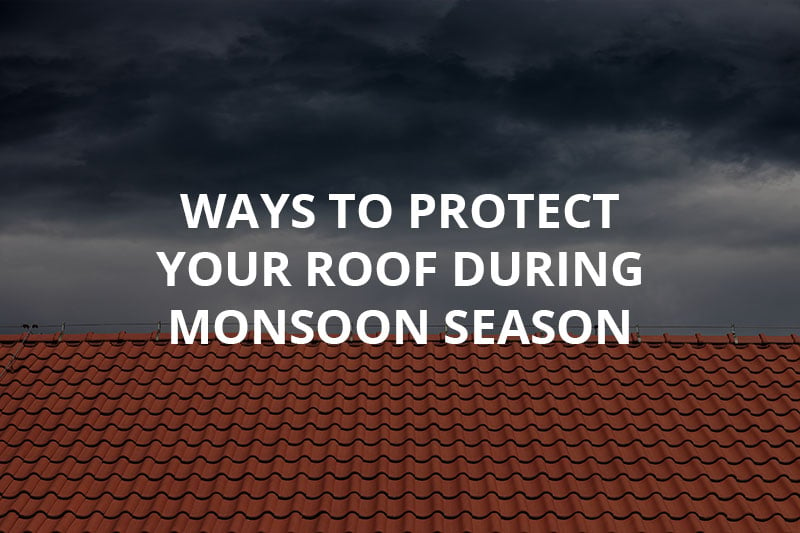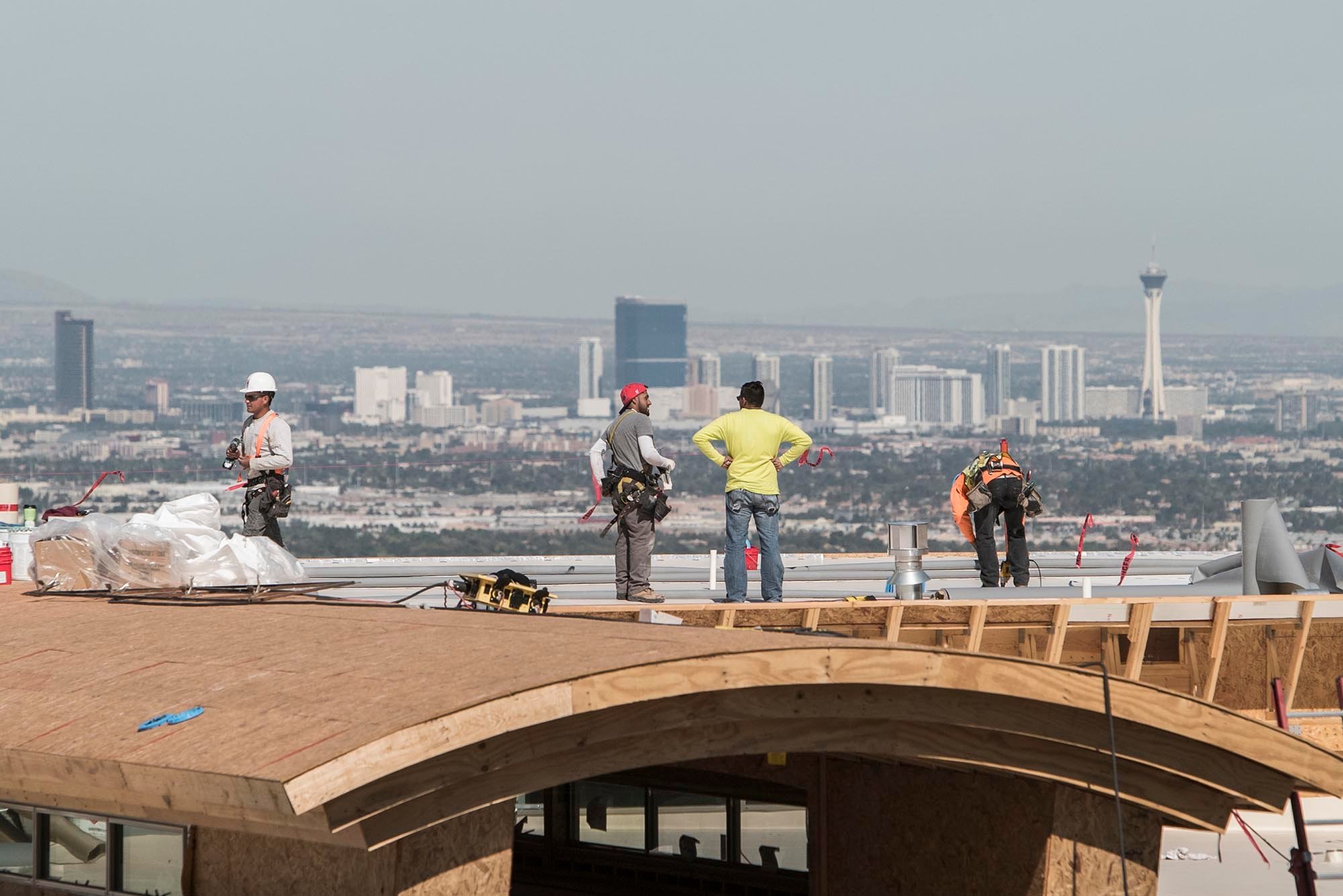
Las Vegas is notorious for its monsoon season, which makes it vital to get roof protection from rain before the storms hit. The blazing sun and intense heat combine with moisture from the Gulf of Mexico to produce intense storms that bring torrential downpours, howling winds, and crackling thunder and lighting. Making sure your roof is in good shape when the skies are still clear is the best way to protect your roof during monsoon season.
What Types of Damage Can a Monsoon Cause?
The normally-clear Las Vegas sky can mask hidden problems with your roof, but if you don’t take the time to get them fixed, your building won’t have adequate roof protection from rain. Monsoon season storms can cause a variety of damages to your roof, including the following:
- Leaks
- Broken windows
- Missing shingles
- Debris damage
- Broken gutters
- Fallen trees
- Fires
Protect Your Roof During Monsoon Season with These Tips
Get ahead of the monsoon storms and get your roof protected as soon as possible by taking these actions:
Repair Holes, Cracks, and Tears
Normal wear and tear can take a toll on your roof, and even more so in the extreme climate of Las Vegas. The heat, intense sunlight, fierce winds, and frigid winters can stretch and stress the materials on your roof. During the fair spring and early summer, you might not notice the holes, cracks, and tears that formed throughout the year. It's important to repair them before a storm hits, or you could face major wind damage or leaks from the rain.
Healthy Shingles
Shingles are the armor that protects your roof, and if there’s a weak spot at any point, a storm can easily pierce through it and damage your roof. Missing shingles leave your roof exposed to the elements, while loose shingles can easily fly off and damage others or people below during intense winds. Shingles with missing granules are old and could rip off during a storm or may fail to stop rainwater and could cause leaks.
Check Gutters
Your roof’s gutters are vital for safely channeling water to the ground. Gutters that are improperly installed can leak and may cause water to run down your siding or back up into your roof, weakening it over time. Old gutters may also have leaks and can cause the same problems. Gutters that aren’t properly secured can also pose a hazard during high winds and may damage your building or harm bystanders on the ground.
Trim Back Trees
Trees that are too close to your building present a clear hazard to buildings during heavy storms. Trim back any limbs that hang over your building or they might break off and damage it. You may need to remove entire trees if they are vulnerable to tipping over into your building, especially if they have a shallow root system.
Have a Tarp Ready
If you suspect your roof is damaged but haven’t had time to repair it, get a tarp ready under the leak and maybe even buckets to catch water. Doing so can at least protect your floor and any sensitive electronics you may have nearby, especially if the leak occurs in an office.
Keep Up with Roof Maintenance
The easiest way to prevent the monsoon storms from damaging your roof is by keeping up with regular roof maintenance. Looks can be deceiving, and what looks to be a sunny day can quickly turn into a stormy one. The same goes for a roof that looks to be in good shape but fails once the skies darken.
Protect Your Building from Monsoon Season
Monsoon season isn’t kind to roofs, especially if they’re already weakened or damaged in some way. A professional roof inspection can identify existing problems with your roof and nearby hazards, preparing your building for the turbulent monsoon season. Contact the Original Roofing Company today to schedule a roof inspection to protect your roof and building from the monsoon season. We can take a look at any problems with your roof and gutter system, and repair them before the rainy season kicks into full swing.





